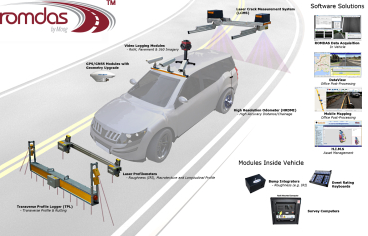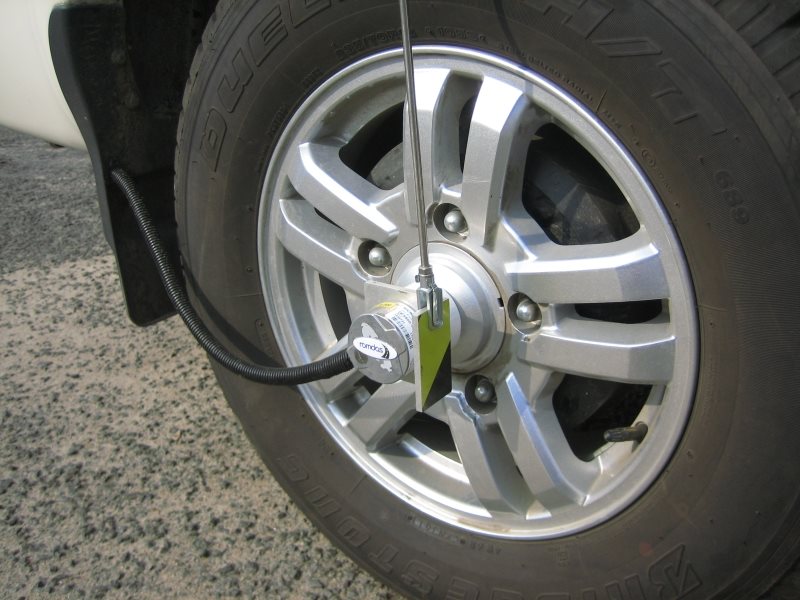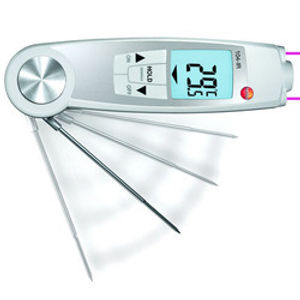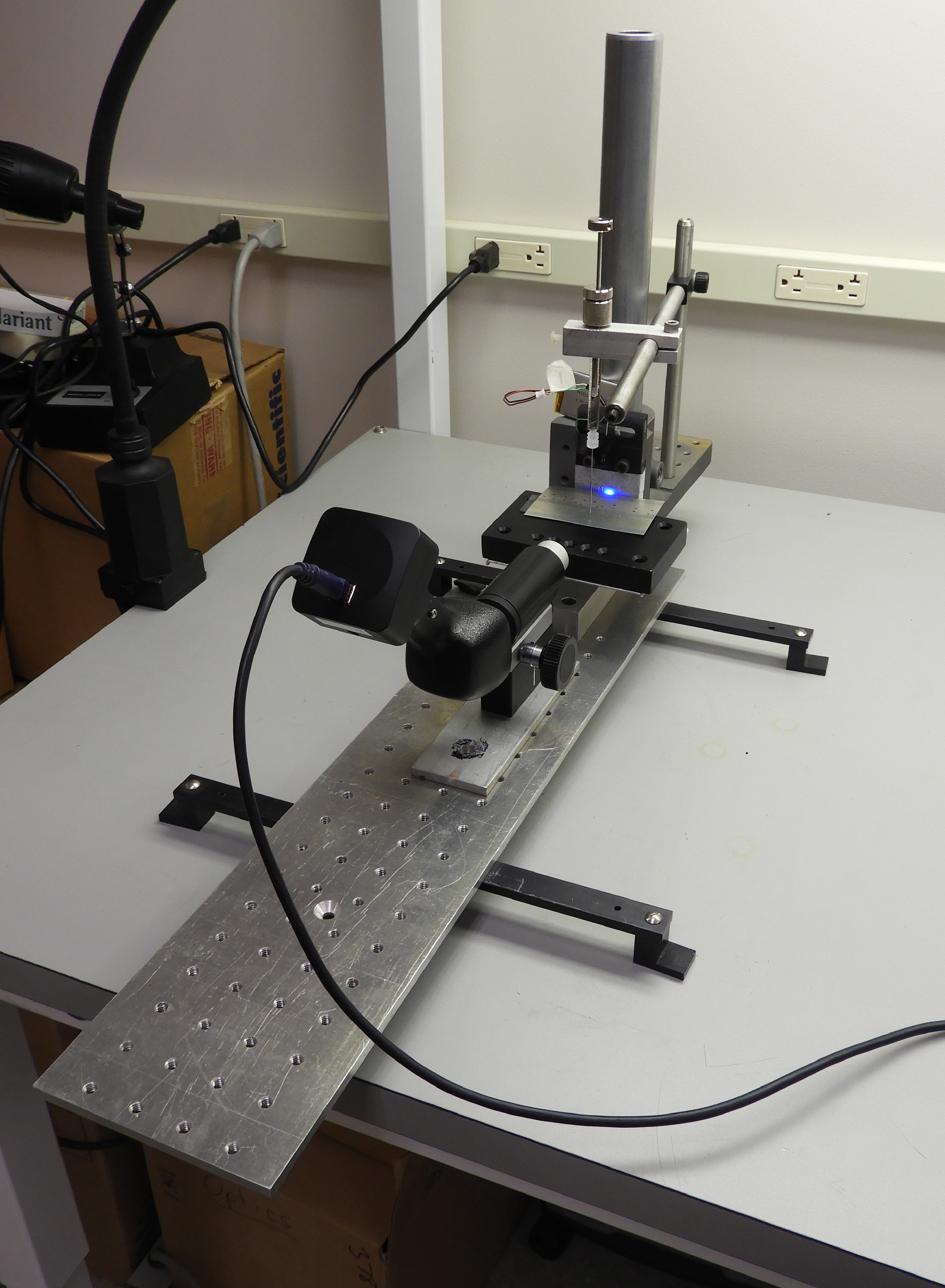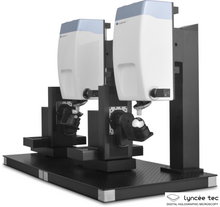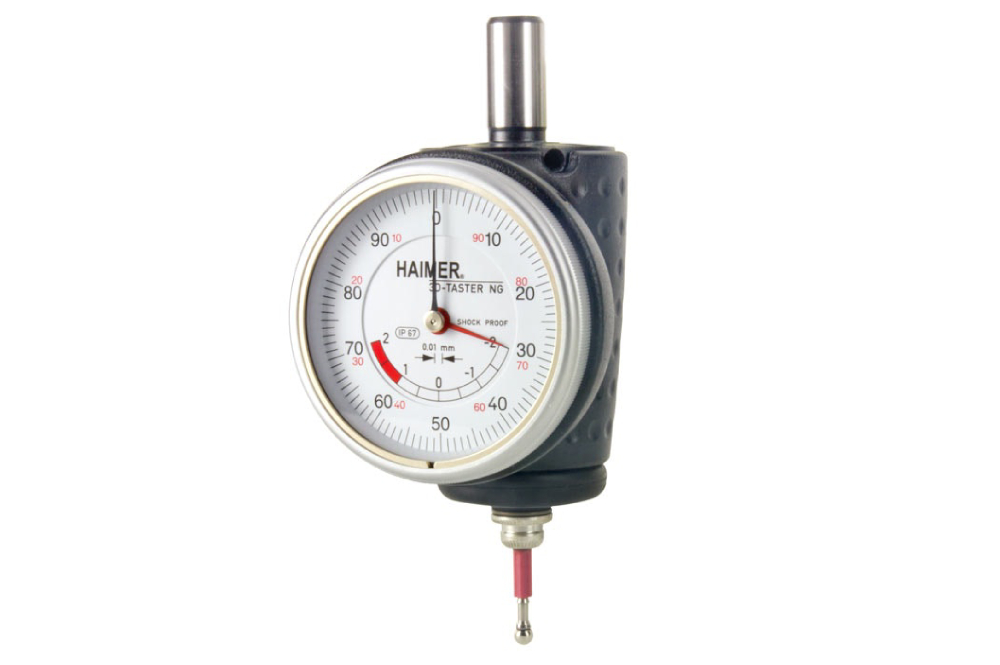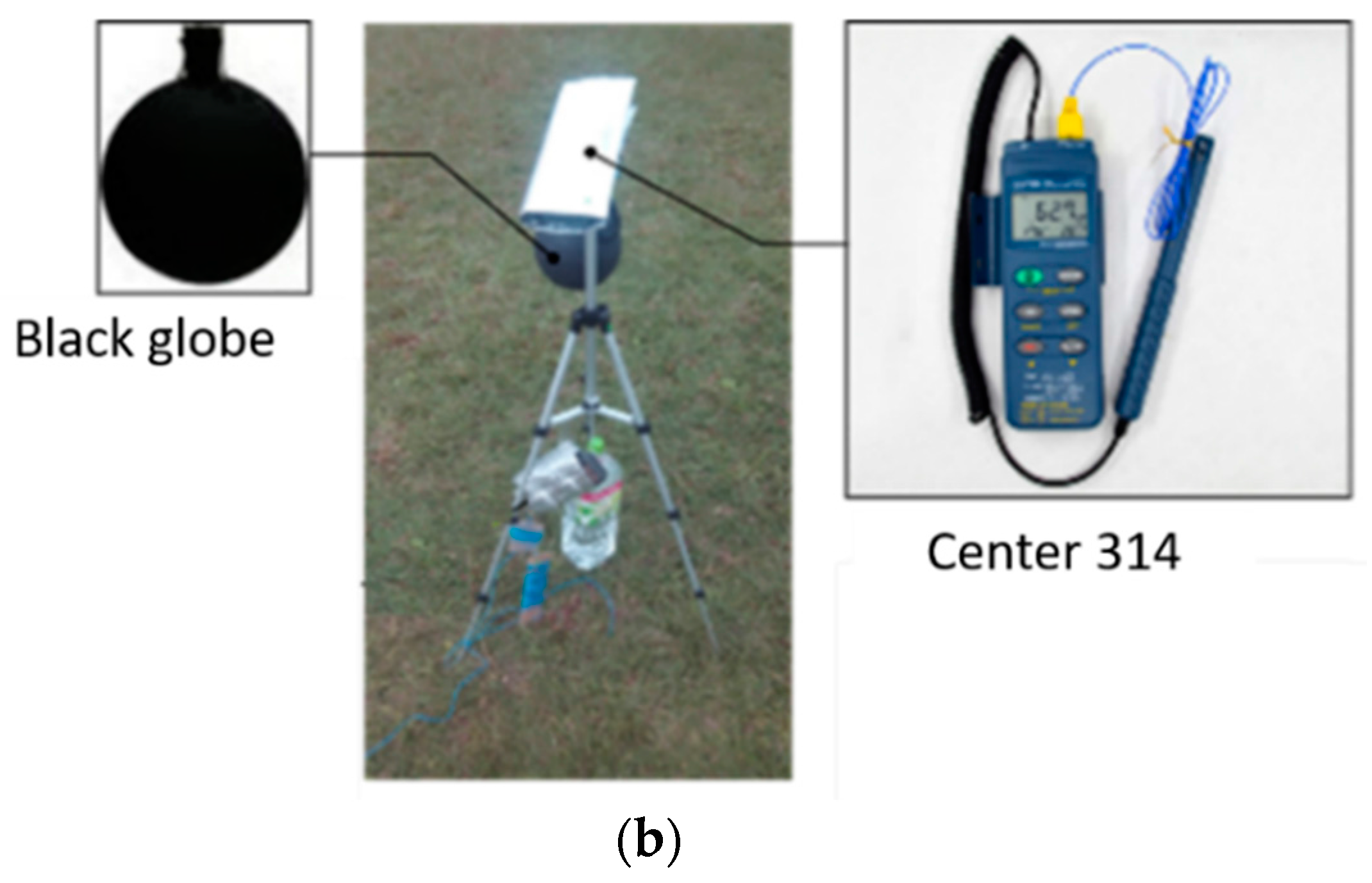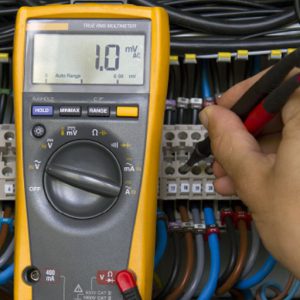The international roughness index iri is the roughness index most commonly obtained from measured longitudinal road profiles it is calculated using a quarter car vehicle math model whose response is accumulated to yield a roughness index with units of slope in mi m km etc.
Road roughness is measured using which instrument.
Contact between the instrument and the object being measured e g.
M922 measurement of roughness rutting and texture by laser profilometer.
The work to be executed under this specification consists of collecting data using a laser profiler to.
Road surface textures are deviations from a planar and smooth surface affecting the vehicle tyre interaction.
Since then the iri has become a well recognized standard for the measurement of road roughness.
The main advantages of the iri are that it is stable over time and transferable throughout the world.
Different international standards and surface texture or surface finish specifications recommend the use of different roughness filters.
This performance measure has less stochasticity and subjectivity in comparison to other pavement performance.
Road roughness measurement techniques and statndardisation of rtrrms devices.
A measure road roughness data by direct measurement of the longitudinal profile of the road.
Measuring the roughness of a surface involves applying a roughness filter.
A roughness tester shows the measured roughness depth rz as well as the mean roughness value ra in micrometers or microns µm.





